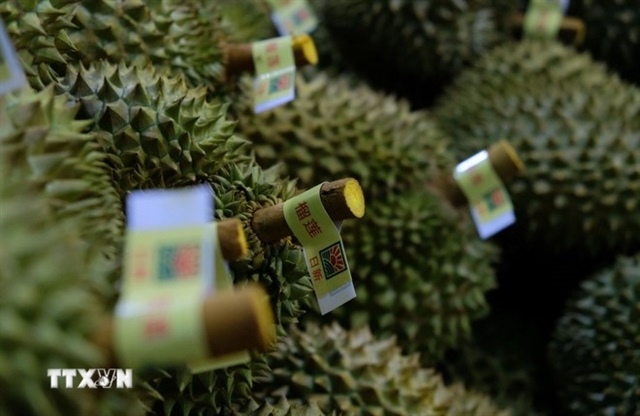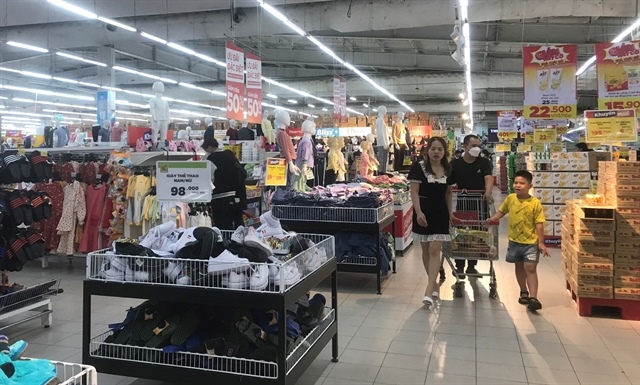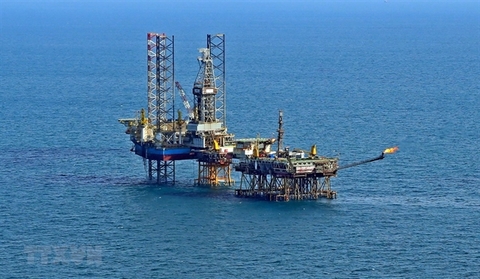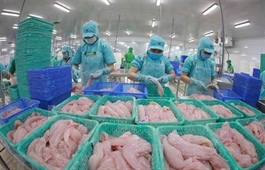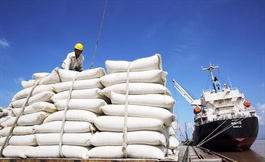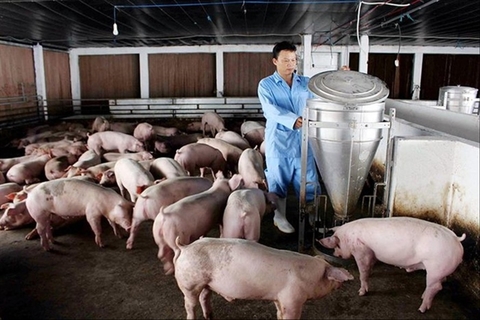Finance ministry proposes extending tax payments worth US$870 million for domestic cars
Finance ministry proposes extending tax payments worth US$870 million for domestic cars
The ministry considered this an urgent solution for businesses, which should take effect immediately from the date of signing to the end of 2022.
The Ministry of Finance (MoF) has proposed extending the excise tax compliance deadline for domestically-built cars tax relief worth VND20 trillion (US$871.1 million).

Thaco's manufacturing plant for Mazda cars. Photo: The Hanoi Times |
Under the proposal, the MoF is expected to push back the due date for tax payments from June to September until November 20, 2022, at the latest.
The MoF considered this an urgent solution for businesses, which should take effect immediately from the date of signing to the end of 2022.
Once the extended deadline is expired, payment for an excise tax on domestic cars would be reverted to normal.
According to the MoF, turnover from excise tax payments from local automobile manufacturers was estimated at VND2.45-2.8 trillion ($107-122 million) per month. Assuming growing demand for electric vehicles in the coming time, the MoF expected a decline of VND2-3 trillion ($87-130 million) in the state budget or a decline of VND170-250 billion per month.
Firms eligible for the delay in tax payment could either send the request in soft or hard copies to the tax authorities, noted the ministry.
If approved by the Government, this would be the third excise tax payment extension for domestic cars in three consecutive years since 2020, which has contributed positively to the recovery of local car manufacturers.
The total excise tax amount subject to delay in October and November of last year stood at VND5.44 trillion ($237 million).
This policy along with a 50% cut in the registration fee for domestic cars helped support the development of domestic cars amid the severe impacts of the Covid-19 pandemic.




